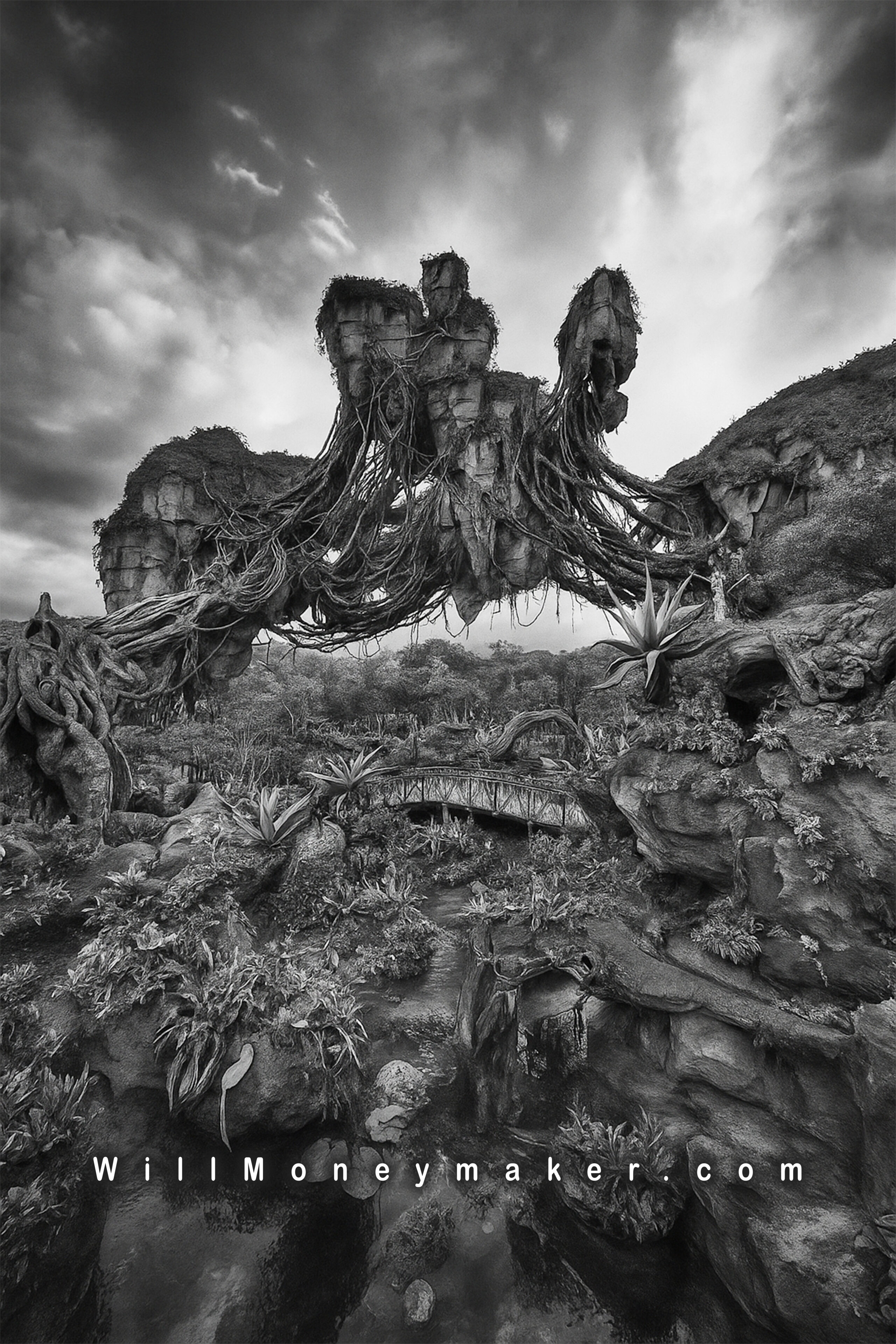There’s an interesting quote by the author Stephen King in his book, On Writing. In this quote, he likens writing to archaeology:
“Stories are relics, part of an undiscovered pre-existing world. The writer’s job is to use the tools in his or her toolbox to get as much of each one out of the ground intact as possible.”
I find this interesting because writing and photography often overlap, which means that we can apply some of the same lessons from one to the other. So what is the lesson that King is trying to teach us here? By likening writing to archaeology, King is telling us that it is the storyteller’s job to whittle away at all the rock and debris in order to find the fossil that makes up the bones of the story. In other words, eliminate from the work everything that is unnecessary, or all those little things that would distract from the message you are trying to get across. It is imperative that in order to get your message across, you need to display it as cleanly as possible.
This is also something that holds true for photography in that we can’t burden our images down with too many messages or too many themes. This concept even translates to the number of elements that we choose to include within each frame. When there is too much, we risk losing the message or the point that we want to get across. Viewers will see something chaotic instead of seeing a nicely cleaned and prepared artifact.
Another example from the literary world is something that writers like to call “info-dumping.” Info dumping is what happens when the author is just so excited to share information about their characters, the world, and all the rest of the small bits and pieces that he or she grinds the story to a screeching halt in order to spend time elaborating on something that the reader doesn’t necessarily need to know about. When there is a lot of info dumping within a story, it tends to drown out the story or message, leaving the reader lost as to what is actually happening.
To think of it in photographic terms, info-dumping is sort of what happens when we try to do too many things within a single photograph. Ideally, photographs should focus on one prominent theme, and they should only include the elements absolutely necessary to support that theme. In other words, we should always be striving to chip away the excess wherever possible.
So in order to say something to our viewers, we should creating our messages as simplistically as possible. But, this doesn’t necessarily mean that we need to stick to simple compositions only, or that we need to produce only minimalist photographs. What it does mean is that we need to drill down and find the most prominent message that each image wants to speak about. Let that message shine through loud and clear rather than overloading your viewers with lots of extraneous information. To that end, here are some ideas on how to accomplish this!
Find the Universal Truth
One of the most important things you can do with a composition is to locate the universal truth that it wants to tell. A universal truth is something that crosses the barriers of time, language and all the other things that divide humanity into groups. It’s something that everyone can understand, a thing that your viewers can relate with and even see within themselves. An example of a universal truth could be the struggle to survive—putting food on the table, making ends meet, basic needs like shelter and the other essentials that we have to procure in order to keep going from one day to the next. Images that show the ferocity of nature are another universal truth because we’ve all had to deal with harsh weather and other things that nature can throw our way.
Once you find this universal truth, make sure that everything you include within the frame in some way supports or enhances that truth. Make the message easy to viewers to see, make it something that most will understand, and you’ll have a photograph that resonates with people.
Be Open Minded
One problem that writers often face is that they get too close to their stories. They spend so much time immersing themselves in the world they’ve created that it becomes difficult to see the forest for the trees. A writer who can take an open-minded approach to their own work is one who will have an easier time focusing on their theme without all the extra stuff that isn’t necessary.
When it comes to photography, try to do the same. If you can, maintain a little distance between yourself and your photographs. When you’re composing and editing, make a habit of trying to approach the photograph with an outsider’s perspective. Of course, this is no easy feat to accomplish because as artists, we are predisposed to care deeply about the work that we produce. However, if you can take a few moments to see what a potential viewer might see, then perhaps you’ll be able to discern the difference between a photograph with a strong message and one that has an unclear or unfocused message. As I said, this is a difficult skill to master, but a few moments’ dispassionate study of an image can really help you see an image in an entirely new way.
It isn’t always easy to bring a photograph’s message into focus. In fact, it’s a skill that most of us spend years perfecting. But in my opinion, this is one of those essential skills that all serious photographers should pursue. That’s because when photographs have a clear, strong message, they are often the kind of images that are powerful enough to resonate across a wide audience.





